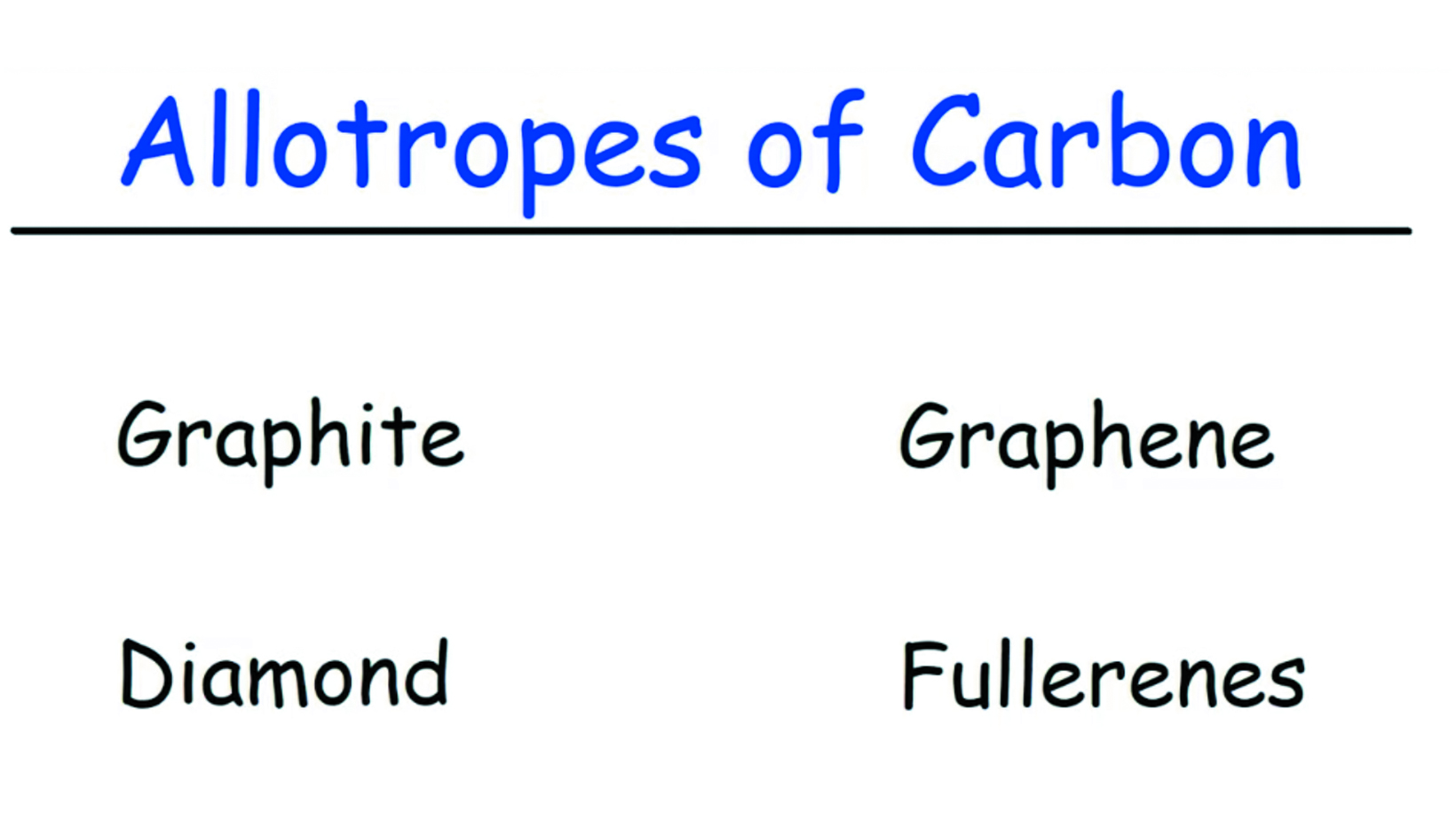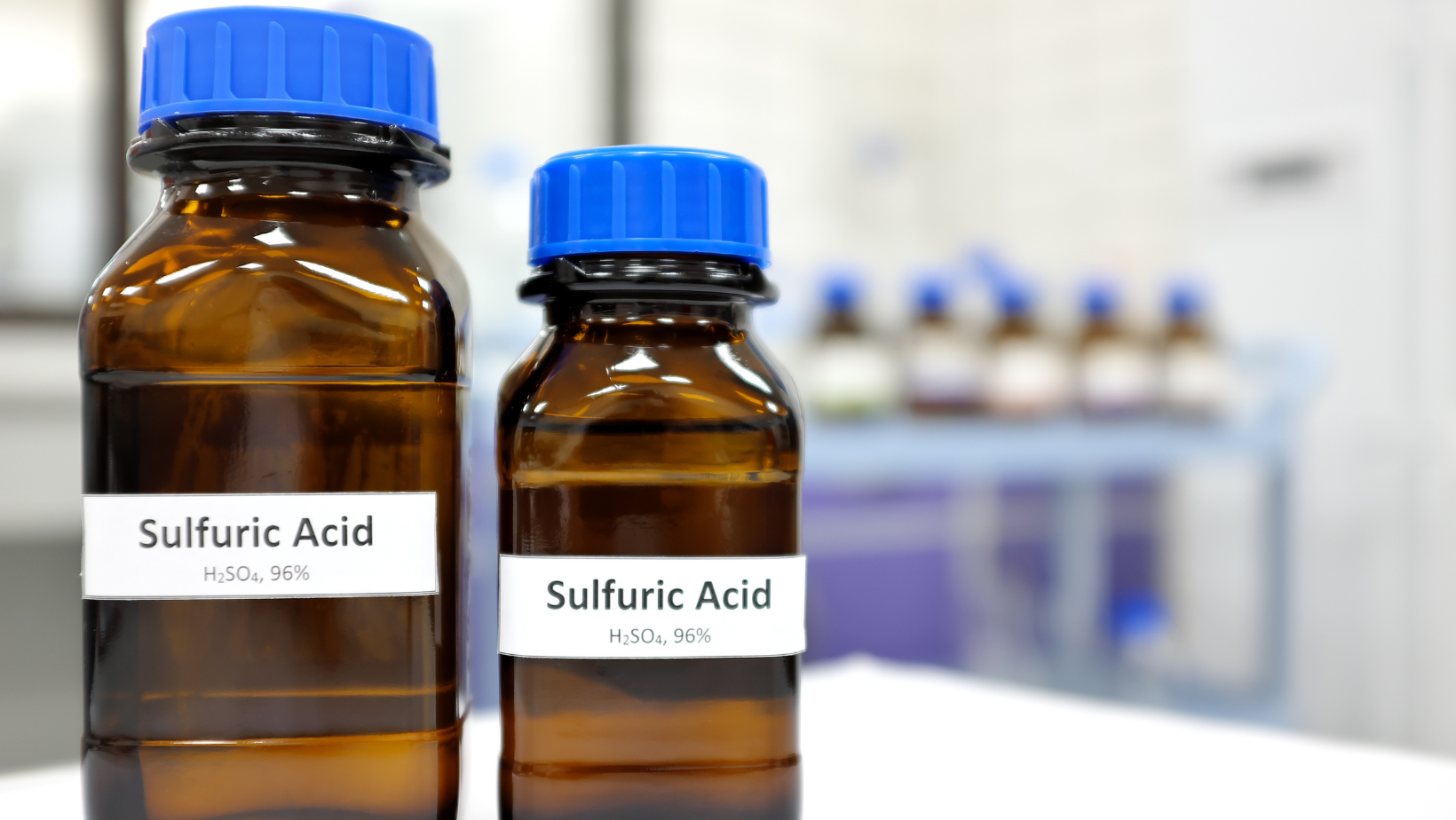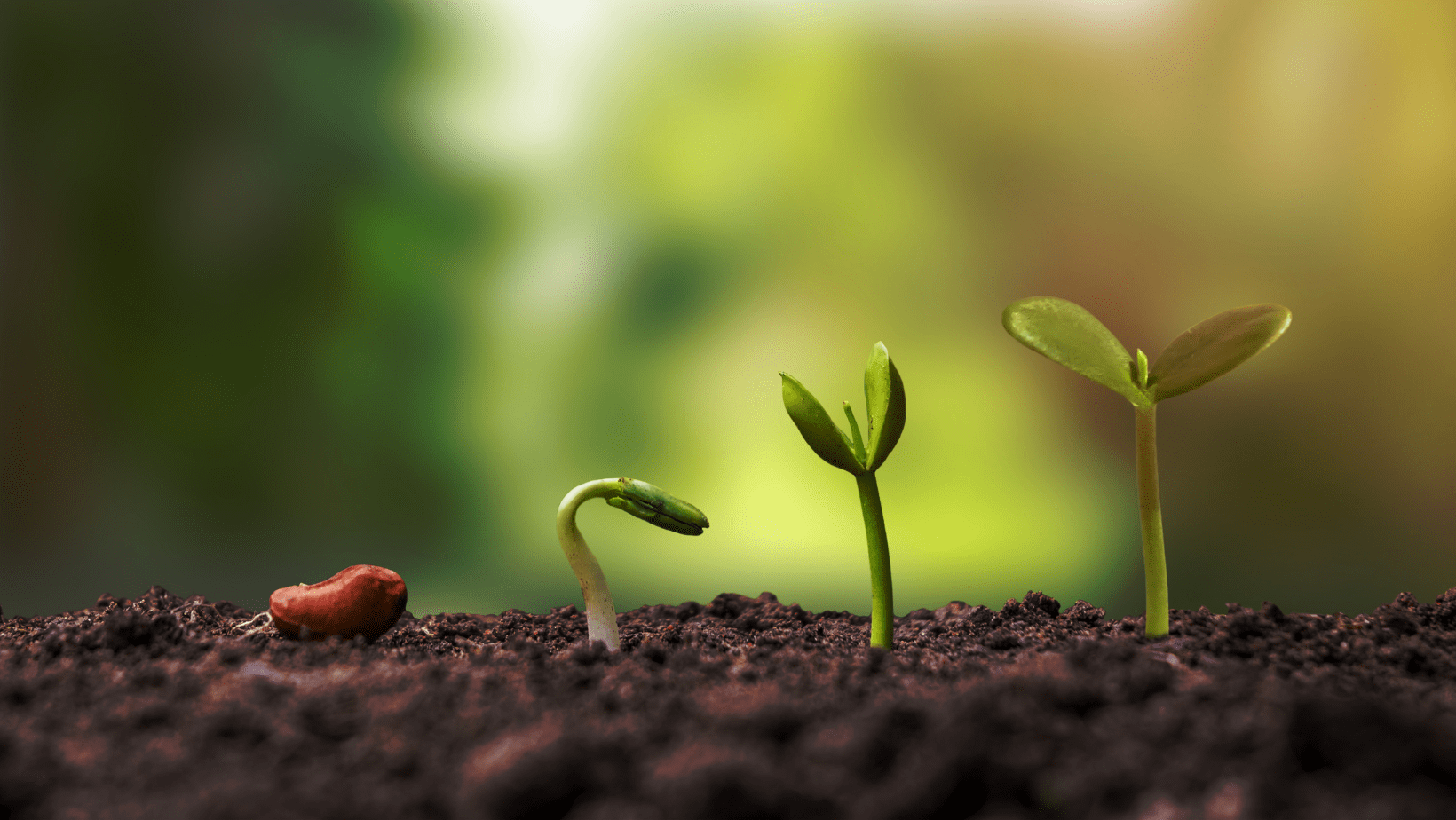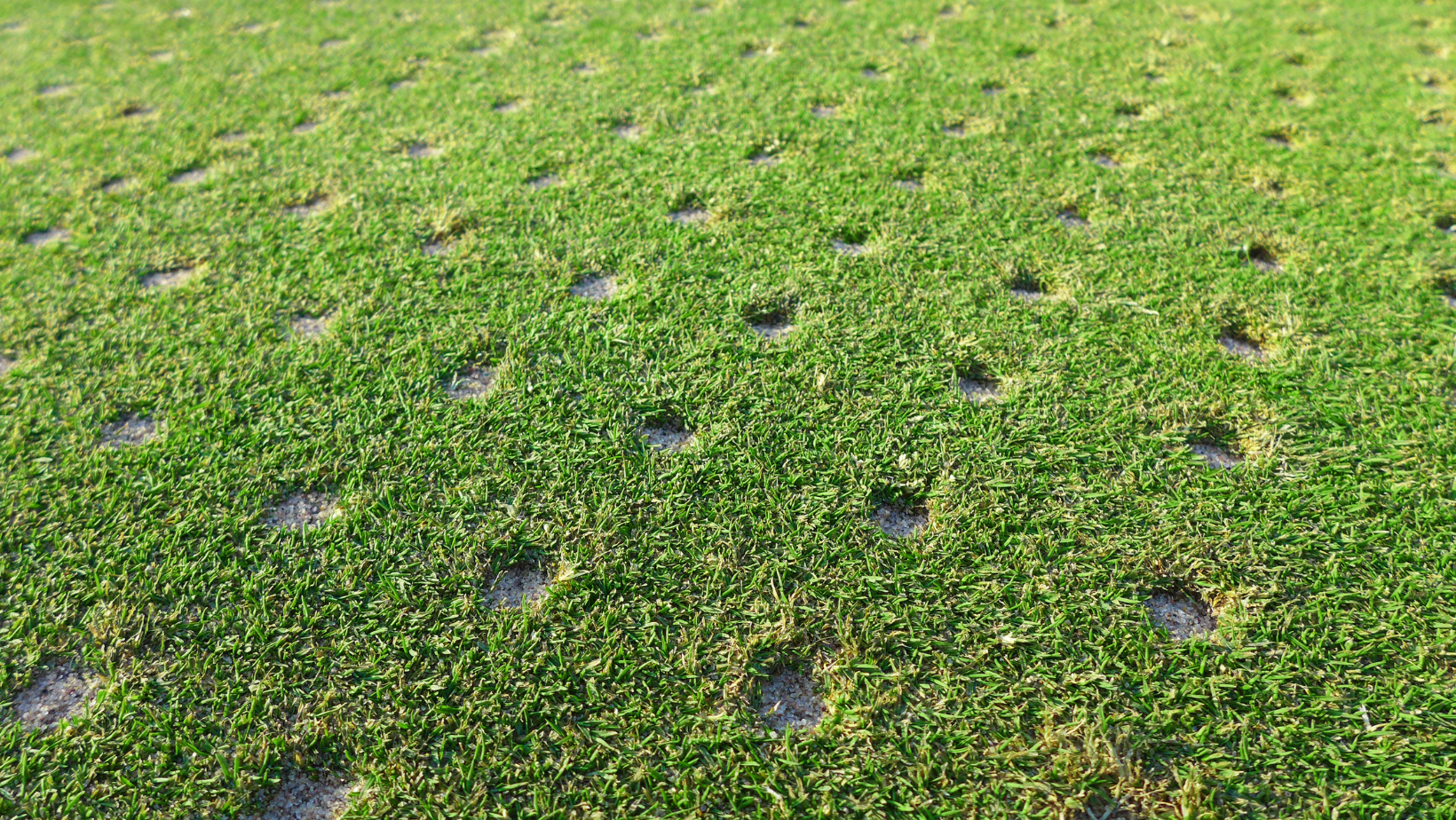
Category: All Articles
-

Redox Potential
Read More: Redox PotentialRedox potential (Eh) and pH are two important factors that play significant roles in soil/plant/microorganism systems. They act as drivers, influencing various processes and interactions within these systems. This transdisciplinary overview aims to provide an integrated understanding of the relationships between redox potential, pH, and the functioning of soil/plant/microorganism systems. Thus, highlighting potential opportunities for…
-

Allotropes of Carbon – Graphite, Diamond, and Graphene
Read More: Allotropes of Carbon – Graphite, Diamond, and GrapheneWe think that The Organic Chemistry Tutor summed this up rather nicely. Enjoy!
-

Graphite vs. Carbon
Read More: Graphite vs. CarbonA Diamond Is Forever – Graphite vs. Carbon Graphite and diamond are both crystalline forms of pure carbon. The permanence of the carbon bonds separate them from all other forms of carbon. Well documented, soil carbon is extremely important. Soil metagenomics illusidates the carbon function. Specific application to nitrification and dentrification has been used to…
-

Metagenomic Soil Testing
Read More: Metagenomic Soil TestingMetagenomic soil testing is a powerful tool that provides several benefits for understanding and analyzing soil microbiomes. Greensmiths, Inc. and our distributors, use this detailed testing to formulate custom blends of fertilizer. Blends are created based on each customers’ specific needs and soil requirements. Some key benefits of metagenomic soil testing include: Comprehensive analysis: Metagenomic…
-

Urea – Sulfuric Acid
Read More: Urea – Sulfuric AcidThe monourea adduct of sulfuric acid is by far the most active combination of urea and sulfuric acid for use in this invention. The diurea sulfuric acid adduct exhibits little if any ability to modify cellulose either chemically or physically. Although uncomplexed sulfuric acid rapidly attacks cellulosic materials, it does so primarily by oxidation and…
-

Successful Fertigation – 5 Steps
Read More: Successful Fertigation – 5 StepsA successful fertigation plan begins with these 5 core practices. Follow them and you will see marked and dramatic progress. Greensmiths, Inc. has a proven track record of successfully completing remediation projects, while ensuring customer satisfaction, even in the most dire of conditions. With our expertise in environmental regulations and compliance, we are well-equipped to…
-

Using Soluble Calcium To Stimulate Plant Growth
Read More: Using Soluble Calcium To Stimulate Plant GrowthSoluble calcium is a vital nutrient for plant growth and development. It plays a crucial role in various physiological processes within plants, including cell division, enzyme activity, and nutrient uptake. When added to the soil or applied as a foliar spray (fertigation), soluble calcium can stimulate plant growth in several ways: 1. Root development: Soluble…
-

Top Specialty Agricultural Uses For Greensmiths’ Fertigation
Read More: Top Specialty Agricultural Uses For Greensmiths’ FertigationTop Specialty Agricultural Uses For Greensmiths’ Fertigation systems are numerous. Benefits for specialty agricultural applications, including improved crop nutrition, targeted disease and pest control, efficient resource management, and enhanced precision in cultivation practices. These systems can significantly contribute to sustainable and productive agricultural practices. 1. Crop nutrition: Greensmiths fertigation can be used to apply fertilizers…
-

Soil Test
Read More: Soil TestA soil test involves the process of analyzing a sample of soil to determine its characteristics and quality. Scientists, farmers, turf caretakers, gardeners, and agricultural experts are all know to conduct soil testing. Assessing fertility, pH levels, nutrient content, and composition, are common reasons for conducting soil testing. Soil Testing Specifically, the benefits achieved by…
-

What Is Fertigation?
Read More: What Is Fertigation?Many have never heard of “fertigation“. While not new, the advancements in this area are ground-breaking and Greensmiths, Inc. is proud to serve as the industry leader. So, let’s take a deeper look into fertigation. This cutting-edge technology combines the application of water and fertilizers in turfgrass care and agriculture. Fertigation is the process of…
-

Water Testing
Read More: Water TestingIs water testing something you do regularly? Do you take water test every year? If so, have you ever noticed that year after year they always look the same? Have you noticed that no matter what amendments you put in your water, you can never see what you’ve done by looking at your test? Lastly,…
-

Aeration
Read More: AerationAeration is the process of introducing air or oxygen into a substance or environment. In the context of soil, aeration refers to the loosening or perforation of the soil to promote the exchange of air and water between the soil and its surroundings. Aeration enhances root growth, nutrient absorption, and soil structure in lawns, gardens,…
-

Bacteria Roles in the Carbon Cycle
Read More: Bacteria Roles in the Carbon CycleIndeed, bacteria play several important roles in the carbon cycle, which is the biogeochemical cycle that describes the flow of carbon between the atmosphere, land, and oceans. 1. Decomposition: Firstly, bacteria are primary decomposers in ecosystems. They break down dead organic matter, such as plants and animals, releasing carbon dioxide (CO2) back into the atmosphere.…
-

What is Turfgrass?
Read More: What is Turfgrass?Turfgrass, also known as lawn grass, is a type of grass species that is cultivated and grown in order to create lawns and sports fields. It is specifically selected for its ability to create a dense, uniform, and durable ground cover. Turfgrasses are typically low-growing, perennial grasses that have a dense root system and are…
-

Watering Grass
Read More: Watering GrassEvery living thing needs water to survive and turfgrass is no exception. As the weather gets hotter, your turf processes more and more water. It is too bad that when the turf needs water the most, is when it rains the least. If you don’t help the turf by watering the grass aka irrigation, you…
Search
Categories
Popular Posts
-
Redox Potential
Redox potential (Eh) and pH are two important factors that play significant roles in soil/plant/microorganism systems. They act as drivers, influencing various processes and interactions within these systems. This transdisciplinary overview aims to provide an integrated understanding of the relationships between redox potential, pH, and the functioning of soil/plant/microorganism systems. Thus, highlighting potential opportunities for…
-
Allotropes of Carbon – Graphite, Diamond, and Graphene
We think that The Organic Chemistry Tutor summed this up rather nicely. Enjoy!
-
Graphite vs. Carbon
A Diamond Is Forever – Graphite vs. Carbon Graphite and diamond are both crystalline forms of pure carbon. The permanence of the carbon bonds separate them from all other forms of carbon. Well documented, soil carbon is extremely important. Soil metagenomics illusidates the carbon function. Specific application to nitrification and dentrification has been used to…
